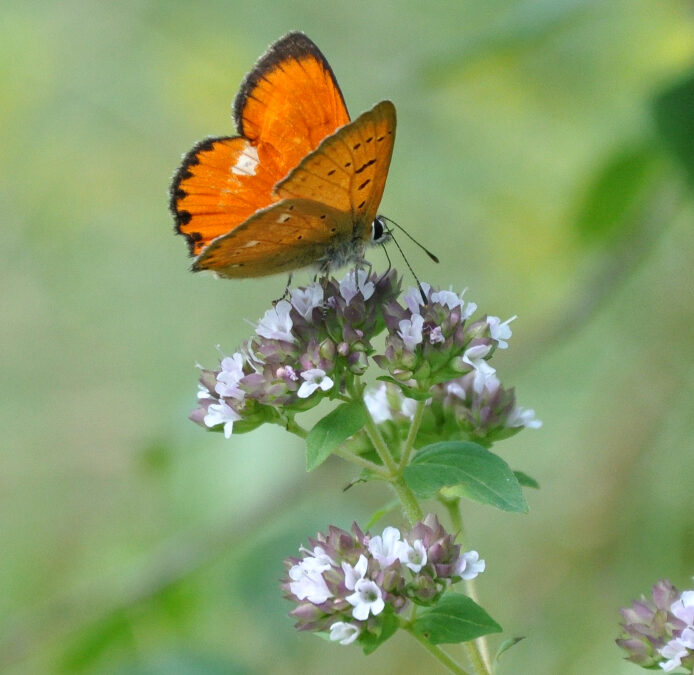Human society develops and increases its use of space, which will be sustainable only if done in good balance with nature. Policy, governance and development need to comply with the relevant nature and biodiversity legislation. Species occurrence data is needed to achieve balanced nature-inclusive development.
The Global Biodiversity Information Facility (GBIF) is the most comprehensive global biodiversity data repository, with a flexible filtering toolbox, allowing searching by regional and national borders. However, the complicated platform of GBIF is a hindrance to its wider use, and is therefore currently used primarily for science.
To support nature-inclusive development, developers, authorities and nature conservation groups need to be able to easily access and work with the biodiversity data available in GBIF. Also, when linked with their conservation and legal protection status, the species records in GBIF will have more relevance for potential users.
This project develops a user-friendly software: the GBIF Viewer. The GBIF Viewer will extract species occurrence data from GBIF per area. It will produce a map with the locations of the sightings per species, as well as their likely distribution areas. A report will give more details about the sightings (observation date, number of individuals, age, activity etc.) if available, as well as the conservation and legal protection status of each species. Increased use of GBIF data will also emphasise the importance of georeferenced data for conservation and stimulate data collection and mobilisation.
This project is a follow-up of project nlbif2018.2019.004. Therefore, we do this together with the Ukrainian Nature Conservation Group (UNCG). UNCG has experience with nature research and nature conservation, especially in which factors determine the quality of Environmental Impact Assessments. Among its staff, UNCG has people that produced viewers for databases before.

